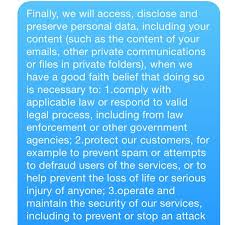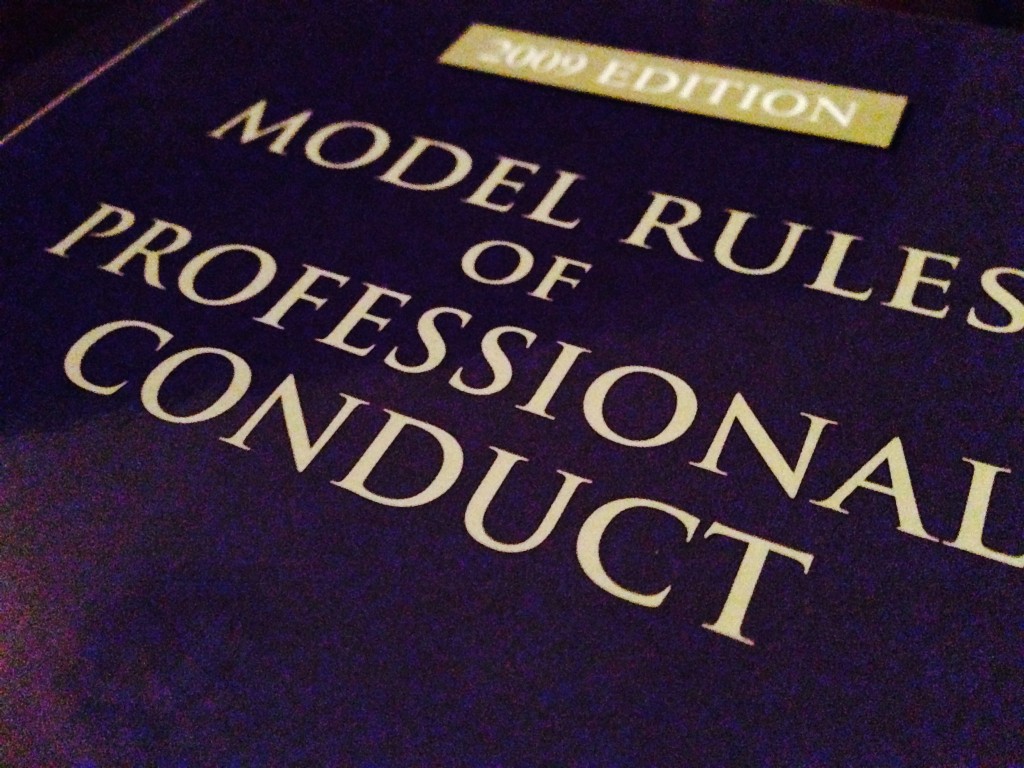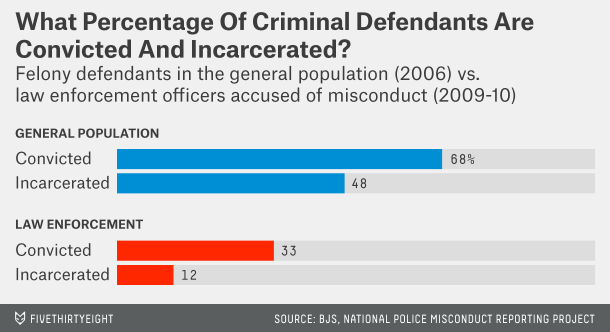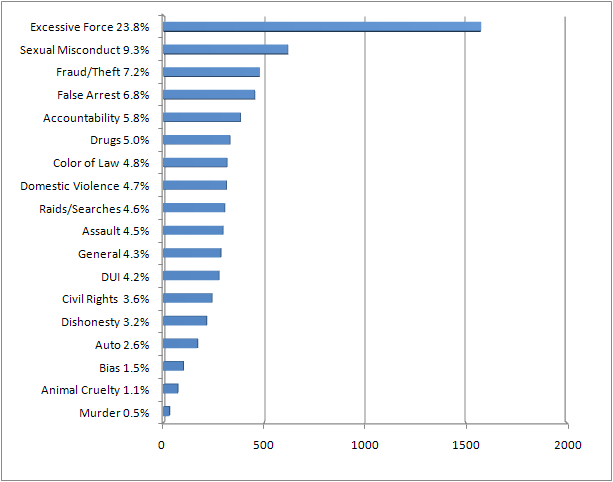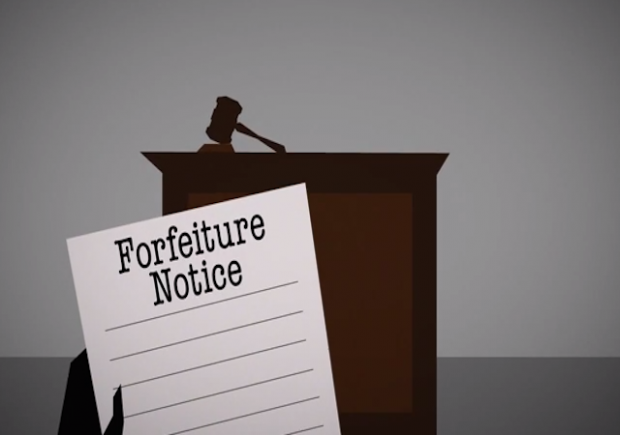Blockchain technology has been making waves in various industries, from finance to healthcare, and its potential impact on the legal practice cannot be ignored. As a legal professional, it is important to keep up with emerging technologies that may disrupt the traditional ways of practicing law. In this article, we will explore the potential impact of the blockchain on the future of legal practice and the advantages it offers in recording deeds, probate matters, and smart contracts.

Firstly, let’s define what the blockchain is. At its core, the blockchain is a decentralized digital ledger that records transactions in a secure and transparent manner. The data is stored across a network of computers, making it impossible for any single entity to manipulate or alter the records. This creates a high level of trust and transparency, making the blockchain an ideal technology for industries that rely on secure and transparent record-keeping.
One of the areas where the blockchain can significantly impact the legal practice is in recording deeds. Traditionally, recording deeds has been a complex and time-consuming process that involves multiple parties, such as the buyer, seller, real estate agents, and lawyers. The process is also susceptible to errors and fraud, which can lead to legal disputes and financial losses. However, with the use of blockchain technology, the process of recording deeds can be simplified and streamlined.
The blockchain can be used to create a digital ledger of property ownership, which can be accessed and verified by all parties involved in a transaction. This will eliminate the need for intermediaries and reduce the risk of errors and fraud. Furthermore, the records will be tamper-proof, providing a high level of security and transparency. This will ultimately result in faster and more efficient real estate transactions, reducing the burden on legal professionals.
Another area where the blockchain can benefit the legal practice is in probate matters. Probate is the legal process of distributing a person’s assets after their death, and it can be a complex and lengthy process that involves multiple parties, including family members, lawyers, and judges. The process can also be susceptible to disputes and fraud, which can delay the distribution of assets.
By using the blockchain, a digital record of a person’s assets can be created, which can be accessed and verified by all parties involved in the probate process. This will reduce the need for intermediaries and provide a high level of security and transparency. Furthermore, the process can be automated, reducing the burden on legal professionals and expediting the distribution of assets.
Finally, the blockchain can be used to create smart contracts, which are self-executing contracts that can be programmed to execute automatically when certain conditions are met. Smart contracts can be used in a variety of legal transactions, such as real estate contracts, employment agreements, and intellectual property agreements. The use of smart contracts can reduce the need for intermediaries and legal professionals, and can result in faster and more efficient transactions.
For example, in a real estate transaction, a smart contract can be created to automatically transfer ownership of the property to the buyer once the purchase price is paid in full. This will eliminate the need for intermediaries, such as real estate agents and lawyers, and reduce the risk of errors and fraud. Furthermore, the transaction can be completed faster and more efficiently, reducing the burden on legal professionals.
In conclusion, the potential impact of the blockchain on the future of legal practice cannot be ignored. The technology offers numerous advantages in recording deeds, probate matters, and smart contracts, which can result in faster, more efficient, and more secure transactions. However, it is important for legal professionals to stay informed and adapt to the changing landscape of technology in order to remain relevant and competitive in the industry. By embracing emerging technologies, legal professionals can provide better service to their clients and improve the overall efficiency of the legal system.







